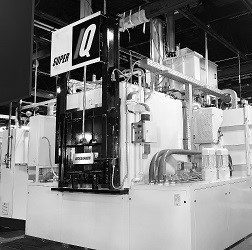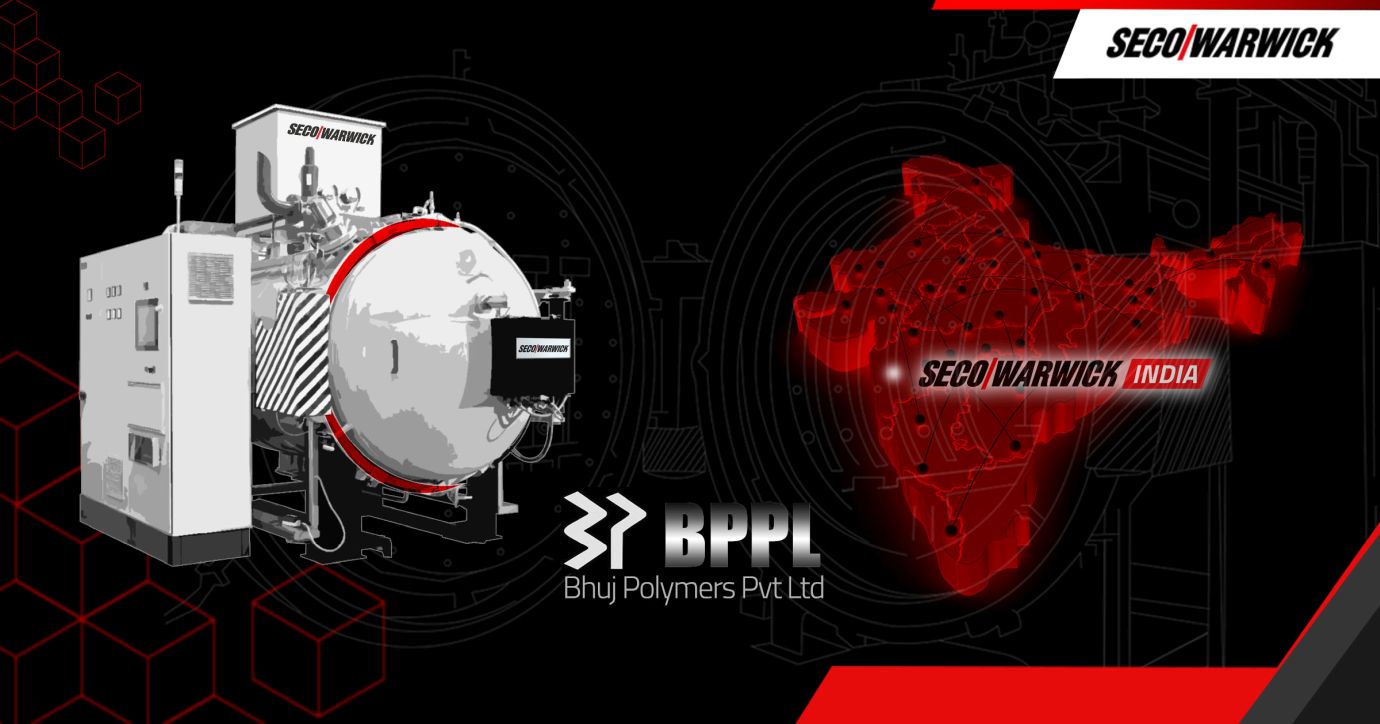One of the common problems encountered in generators is that of a high dew point. This could be caused by a leak in the gas cooler which is of the tube type water cooler. If it is a leaky gas cooler, the correction is obvious – repair it. If the water cooler is not leaking and it is still running a high dew point, it is possible that the generator is getting more air than indicated on the flowmeter. Sources of air infiltration into the generator are through the pump shaft, a bad bypass regulator, or loose piping.
There is one other possible cause of high dew point and that is the flowscopes are off. Included in all of the manuals for generators is a procedure for calibrating flowscopes when temperature, pressure, or specific gravity is different than on the nameplate of the flowscope. It could also be that the top of the float assembly in the flowscope is loaded with dirt.
Another cause other than leaky gas cooler is as follows: Exothermic gas passes from the generator through a water cooled tail pipe and into a water cooled tube bundle. The gas is cooled from an approximate temperature of 1800°F to around 100°F through this tail pipe and tube cooling bundle. During this chilling process, the moisture content of the gas is lowered as the water vapor condenses and drops out. As the moisture is collected in the tubes of the tube bundle it is piped to the mist separator and from there to a drain. The mist separator is only a tank with baffles in it to aid as a collector for water droplets in the gas stream.
In the operation of rich Exogas® generator, it is possible for carbon to form and coat the tubes of the tube bundle. This, of course, hinders proper cooling of the gas and prevents the condensation of all the water bundle into the mist separator causing a high water content in the atmosphere gas. Should this occur, of course, the only solution is to clean the tube bundle and the drain lines.
In the case of Exogas generators being operated on the rich condition, it is possible for carbon to form in the catalyst bed. Should this occur, the gas is channeled though certain paths too quickly and the combustion process is not complete. In generators specified for operation in the rich range and also lean range, there is a burnout procedure to be followed. Basically, this means operating the generator at a lean ratio to provide oxygen to burnout the carbon. Should problems arise with the atmosphere gas which is being produced, following the burnout procedure is the first step to take. In case of severe deterioration of the catalyst, replacement of the catalyst beds is necessary. Few problems with generators are encountered if operating and maintenance instructions are followed.
Looking for atmosphare furnaces?
Check out our solutions!




